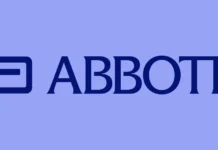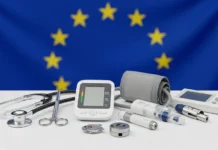The platform can now be used to furnish encrypted patient data to third-party applications. Analytics-startup Apervita announced the launch of a tool to help health systems meet interoperability requirements.
The platform, which the company says supports more than 2,500 hospitals, can now be used to provide patient data to third-party applications as mandated by the Centers for Medicare and Medicaid Services and the Office of National Coordinator interoperability and patient access regulations.
“As an industry, we’ve been working on interoperability for 25 years,” said Apervita CEO Kevin Hutchinson.
“Now it’s the patient’s turn – our turn – to get access to our own health record data. The ONC and CMS regulations leap our industry forward for patient record access in a time when pandemics, like COVID-19, elevated the need for fast patient record access,” Hutchinson continued.
WHY IT MATTERS
Apervita’s platform currently allows its users to upload quality-measure-related data for accreditation, and streamline performance management. Now, the company says it wants to use its technological infrastructure to help health systems with data-sharing requirements.
“Apervita’s platform was designed several years ago to support applications talking to other applications, applications talking to businesses, or even businesses talking to other businesses,” said Hutchinson. “This takes years to build the right way.”
Apervita says its initial set of modules include API build, management and compliance, patient authentication and access management, and transaction management and reporting.
“This is more than just providing a FHIR API. There is a lot to think through when providing this level of interoperability service,” said Hutchinson. Apervita’s health information encryption process, he said, involves “locking down that data to the field level and giving the encryption keys to the customer, so even Apervita can’t see the data.”
THE LARGER TREND
Although health systems got some breathing room when it comes to implementing the changes necessitated by the ONC and CMS regulations, vendors are stepping up to help with the process.
Last month, for example, Innovaccer unveiled its FHIR-enabled Data Activation Platform, designed to ease the way toward interoperability and give healthcare organizations greater access to data.
When it comes to electronic patient-discharge notifications, also part of the CMS requirements, software company CarePort developed a tool to automate the process for hospitals.
ON THE RECORD
“As an industry, we have known for a long time the gaps that exist for true interoperability,” said Hutchinson. “COVID-19 exposed those to be larger than the Grand Canyon.
“The technology capabilities are not the problem,” he added. “Making a business case and spending the money to focus on it has been the larger problem. At one of my last healthcare companies, we connected the EMR industry to the pharmacy and PBM industry for e-prescribing and other transaction types. It took a few years to do, but it’s doable. Now, at Apervita, we are going to do a similar level of interoperability but this time for payers, providers, and HIT vendors.”


















